In our last episode, PUNK magazine was on the verge of success! The Legend of Nick Detroit (PUNK #6) went on sale in September 1976, an 8-page mini-PUNK mag was going to be published in High Times magazine (which had a massive readership), and Tom Forcade promised to make us rich and famous. What could go wrong, right?
Just a few weeks after Nick Detroit went on sale, the sales figures started to come in… It bombed. As in: “The Worst Selling Magazine in History.” High Times dropped us like a hot potato. Now PUNK magazine was on the verge of bankruptcy. As usual.
I have noticed that nowadays, people think that punk rock was sort of successful or something. Like, it was accepted by the mainstream, punk bands sold records and enjoyed successful tours, and the music scene moved on from disco as a result of the greatness of punk rock. Nope! It wasn’t until a few years later, in June 1979 when a band no one heard of before, The Knack, had a number one hit record with “My Sharona” that “new wave” music became acceptable. Punk rock? They still hate it when it’s not manufactured, corporate shit. The general public hated and still hate real punk. Not a single punk rock band sold records in the USA. Yes, that’s kind of the idea: Piss people off, right? Of course, government interference didn’t exactly help things…
As if we didn’t have enough problems back in the day: Jesse Jackson visited record companies and radio stations to “Stop Punk” shortly after Jimmy Carter was elected! And most Americans would have been glad that he did. At least Jesse didn’t “launch a military attack on the record industry and the individual entertainers.”
A few weeks later, an angel investor showed up out of nowhere and put up enough money ($20,000) to publish several issues. PUNK co-founder, Publisher Ged Dunn, Jr., somehow blew through the money after printing PUNK #7 and #8, insisting that glossy paper and an expensive media kit would give him what he needed to turn the company around. Instead, we quickly ran out of money so there wasn’t enough cash to publish PUNK #9.
PUNK #9 would have been epic: I did a great comic strip interview with KISS (including photos of Paul Stanley and Gene Simmons—without makeup!). It was really more about Lou Reed’s publicity party than the band KISS. Mary Harron’s interview with The Damned was also great—I hope she can find a copy of it someday. We also ran a book excerpt from Junkie, William Burroughs’ first novel. A hilarious comic strip by French cartoonist Gotlib (“The Life of a Fly”) ran underneath several stories. There was a lot of other fine material, like a review of Congress (who came close to setting CBGB on fire during a performance), and great illustration (“Killer Ice Cream Cone”) by a Japanese cartoonist. For the first time we had a lot of advertisements, like a full-page ad for Blondie’s first album and another for the Ramones second LP.
There was so much personal animosity between Ged Dunn, Jr. and I that things came to a head. Ged tried to put together an issue of PUNK behind my back for High Times! It was him or me now. After a year and a half, it was the end of the “three kids from Connecticut started a magazine together” storyline. The new investor and I had the power to remove Ged as publisher. Eddie “Legs” McNeil lost interest in the magazine, since we were struggling. Once he became the manager of Shrapnel, it was “Adios Amigo!”. This band of teenagers featured Dave Wyndorf (Monster Magnet) on vocals, Daniel Rey (producer of The Ramones and 40 other bands) on guitar, and Phil Caivano (Blitzspeer and Monster Magnet).
We put together a benefit at CBGB for two days which raised enough money to print PUNK #10 (we were told that the printer disappeared and #9 was a goner). Another angel investor put up just enough money to print PUNK #11 (as long as it featured The Dictators on the cover, which was no problem of course) after the summer, but by October 1977 we were really desperate, so I contacted Tom Forcade. Funny thing: He was very receptive to the idea of a High Times relaunch of PUNK magazine! Who woulda thunk it.
This time things would be different: He had concrete plans to create new alternative distribution and advertising companies that would bring in enough money to fund independent publications like us. He encouraged us to work on a new issue, which became PUNK #12. They also signed up Trouser Press and even Andy Warhol’s Interview—but we were going to be the flagship for the operation!
Meanwhile, out of nowhere Harvey Kurtzman, my MAD magazine mentor, set up a meeting with a mainstream publisher who wanted to buy 50% of the company for $50,000 and relaunch PUNK as a 64-page, full-color magazine. We would move the company into some nice offices uptown. PUNK magazine would be going big time!
I held a staff meeting and ran the two plans by people. Although most people wanted to go for the bucks (not that they would see any of it, really), Elin Wilder, the person who was the most involved in running the business with me, agreed that we should go with Tom Forcade’s plan. He wasn’t trying to take over the company, and after watching $20,000 disappear after just two issues, I doubted that the mainstream plan was the way to go. Besides, they seemed a bit sleazy…
After we turned them down, the mainstream publisher ended up putting out New Wave Rock magazine, a glossy, expensive publication that went out of business after just a few issues. I’ll put it this way: We never could have gotten away with publishing something as crazy as Mutant Monster Beach Party if we had taken that deal.
So, we went with Tom Forcade’s master plan again. Sure enough, they sold a rolling paper advertisement for us and PUNK #12 was distributed to more sales locations than ever before. It also sold a lot of copies!
Even though it was the thinnest issue we ever published, it had some good content. Here are the highlights:
A five-page photo spread of the New York Dolls with lots of now-iconic photos by Bob Gruen, a hand-written lyric sheet of “Human Being” scribbled by David Johansen and a color photo of the five living Dolls that Roberta Bayley set up in front of the Gem Spa on St. Marks Place and Second Avenue (like the back cover of their first LP).
An interview with Helen Wheels with a full-page drawing by R. Crumb.
A photo comic of Debbie Harry and Devo, photographed by Chris Stein.
An interview with Robert Gordon, formerly with Tuff Darts, who was now working with guitar legend Link (“Rumble”) Wray on a new album.
The usual filler (including a couple of Ramones comic strips by a Japanese cartoonist and drawings by Bobby London and Joey Ramone).
AND… That e-z wider rolling paper advertisement… In color!
At Tom Forcade’s urging, we started work on PUNK #13. It would have featured a cover story about the Bay City Rollers: Associate Publisher Elin Wilder was a huge fan of the band and told tales of debauchery and lewdness involving all those nubile, teenage girls who followed the band. Also, the Rollers were Dee Dee Ramones’ favorite band! (Don’t forget: “Blitzkrieg Bop” took inspiration from the Rollers’ big hit “Saturday Night”.) We commissioned Steve Taylor to draw the cover of PUNK #13, but skipped that number after we got the the Sex Pistols tour story. We ran his illustration on the back cover of PUNK #14 instead.
This was going to be our revenge against the Sex Pistols, since we couldn’t afford to go on the tour. We probably could have covered some of their tour if they played the midwest dates like Cleveland and Pittsburgh, but their work visas were revoked and they cancelled a planned appearance on Saturday Night Live as well. You have to wonder what would have happened if the original plan for their tour worked out…
Back to December 1977, shortly after PUNK #12 was published, and office morale was at an all-time low. The months of inactivity during 1977, since we published only four issues during England’s “Year of Punk,” and the lack of sales was taking a toll. No money was coming in but even worse, we were becoming culturally irrelevant. We just didn’t have the resources to cover the English punk scene—we couldn’t even afford a record player so we could listen to promotional records in the office! Worst of all, people who had never heard of “punk” before telling us that it started in England.
I visited Tom in his office a few days before Christmas, explaining that people were going to quit if we couldn’t stop the bleeding… We needed to publish a new issue to keep the momentum going. And it’s Christmas! We can’t give bonuses or even pay the rent! “HELP!”
Tom, who was always Mr. Cool, told me to relax, explained his master plan once again (“We’re going to sell ads for PUNK and distribute it nationally,” he kept insisting. “Everything’s going to work out. Don’t worry.”). Once the meeting was ending he tossed a softball-sized wad of money to me. My eyes got wide: I’d never seen so much cash in one place before: $1,500!
“Merry Christmas, John!” Tom smiled slyly. “See you soon.”
When I returned to the PUNK office (now located at 225 Lafayette Street), I bought some beer and invited our small staff over for an office Christmas party. I handed out some cash bonuses and people were suddenly less skeptical about the High Times deal. Little did we know that Roberta and I would end up on the Sex Pistols tour a couple of weeks later.
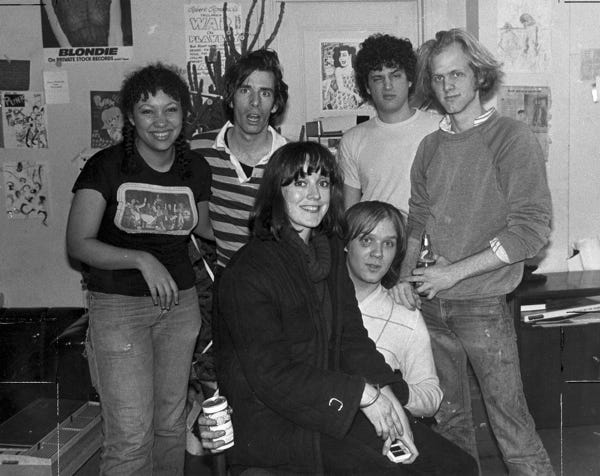
I visited Tom in his office on January 4, 1978, just one day before the Sex Pistols kicked off their first U.S. tour in Atlanta, Georgia. While I waited to talk with him, I noticed a lot of film equipment outside of Tom’s private office, and a guy talking on the phone.
It was a short meeting: I thanks him once again for the Christmas bonus and told him how much the staff appreciated the Christmas money and how we were able to pay the bills and stay in business. Before I left, Forcade said something weird to me: “Don’t go anywhere for the next few days. Stay in town.”
After I left his office Maureen McFadden, Tom’s personal secretary, introduced me to the young man who was camped outside. He was a film director named Lech Kowalski. We had a brief conversation, nothing earth-shattering. Kowalski seemed intense, nervous and energetic. Like, something was about to happen… He mentioned something about trying to raise money to go on the Sex Pistols tour. I wished him good luck with that!
Looking back, I wonder if Maureen knew something I did not…
NEXT: The 1978 Sex Pistols Tour begins: Atlanta, January 6, 1978

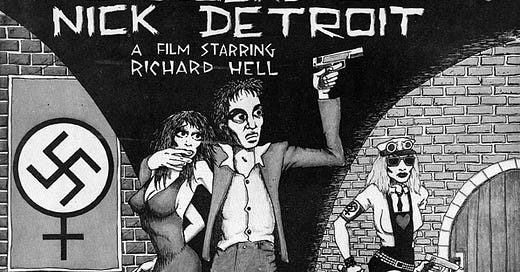



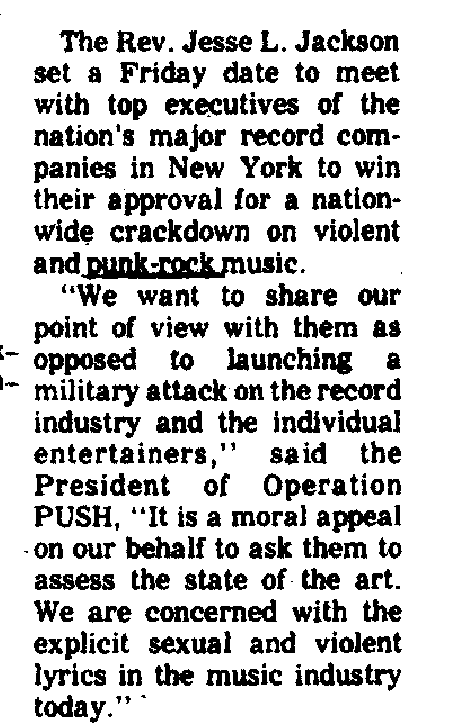
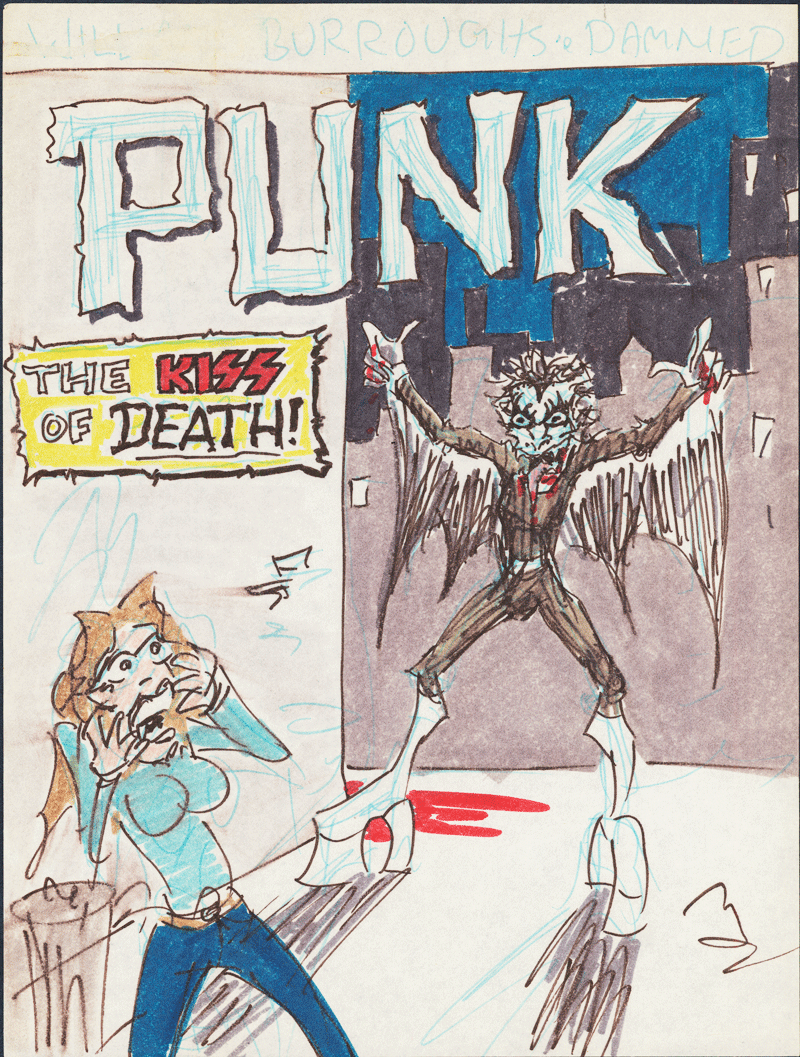
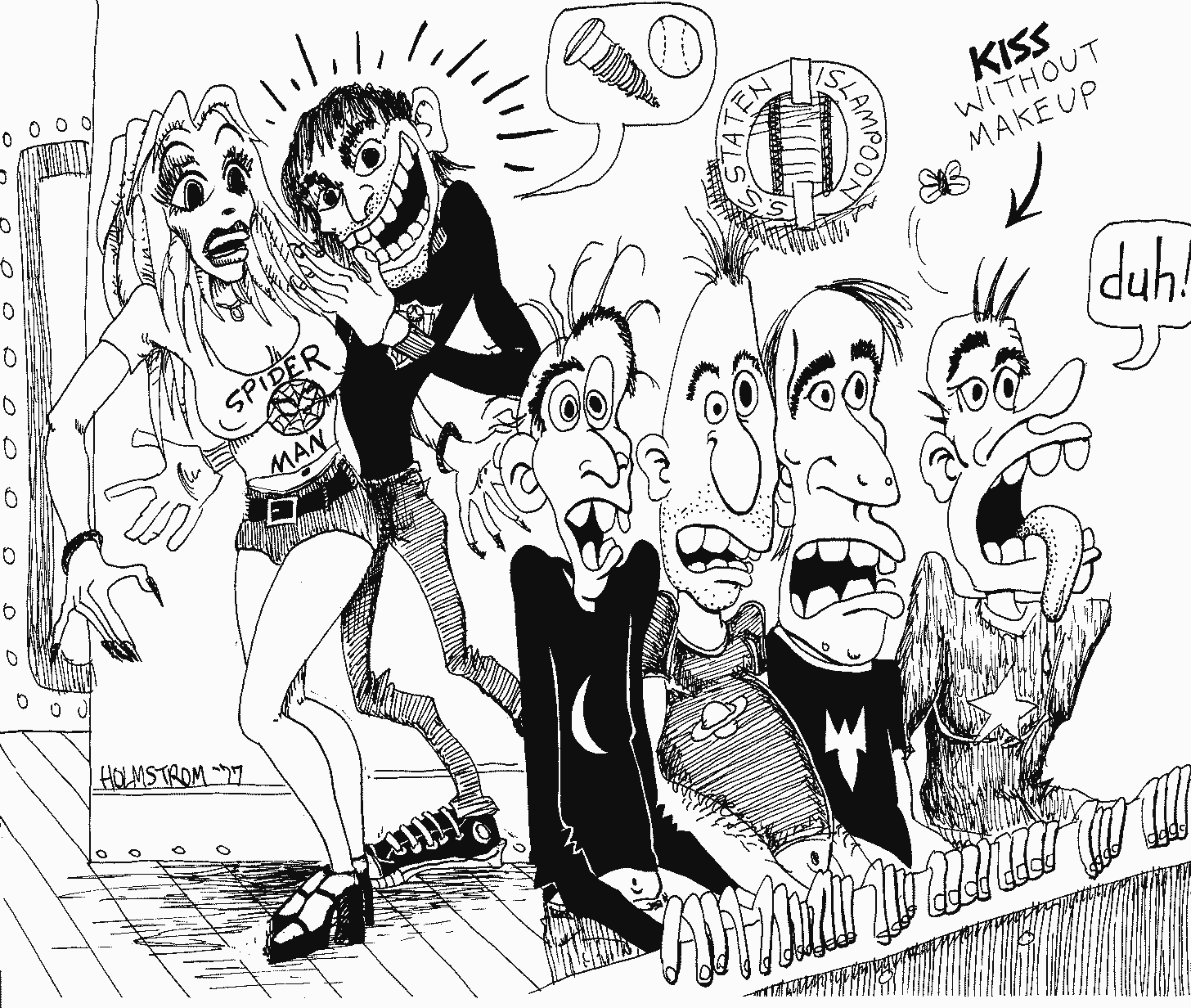


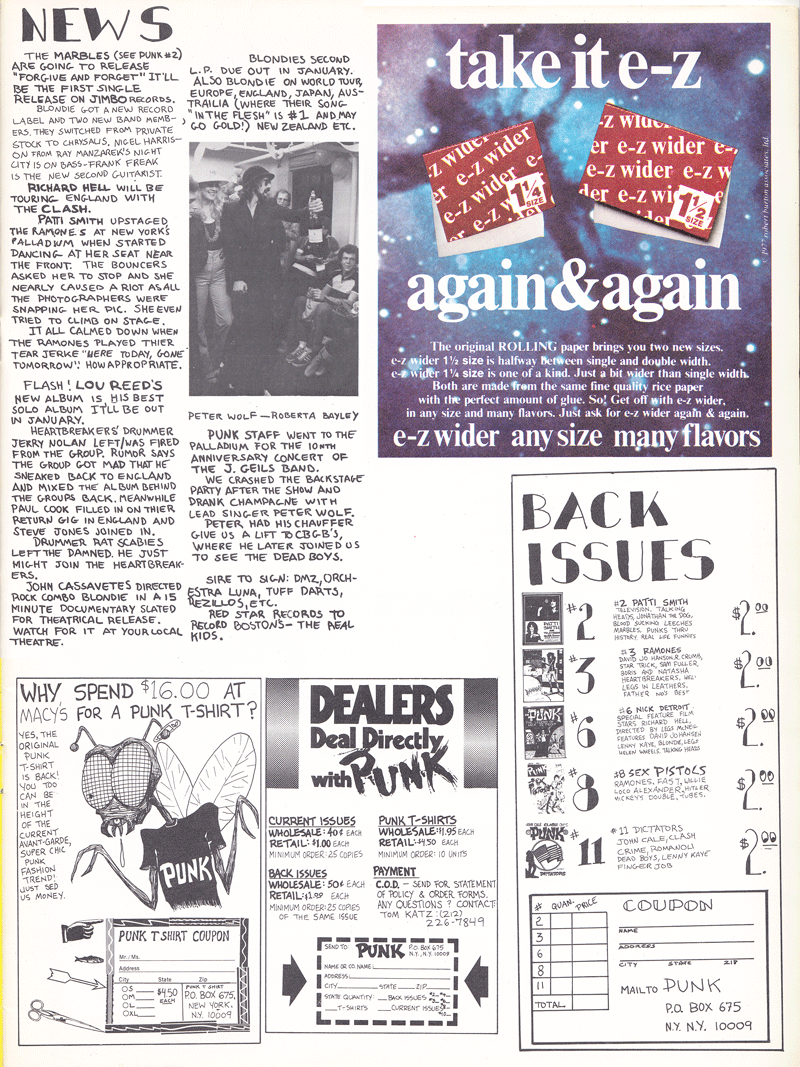
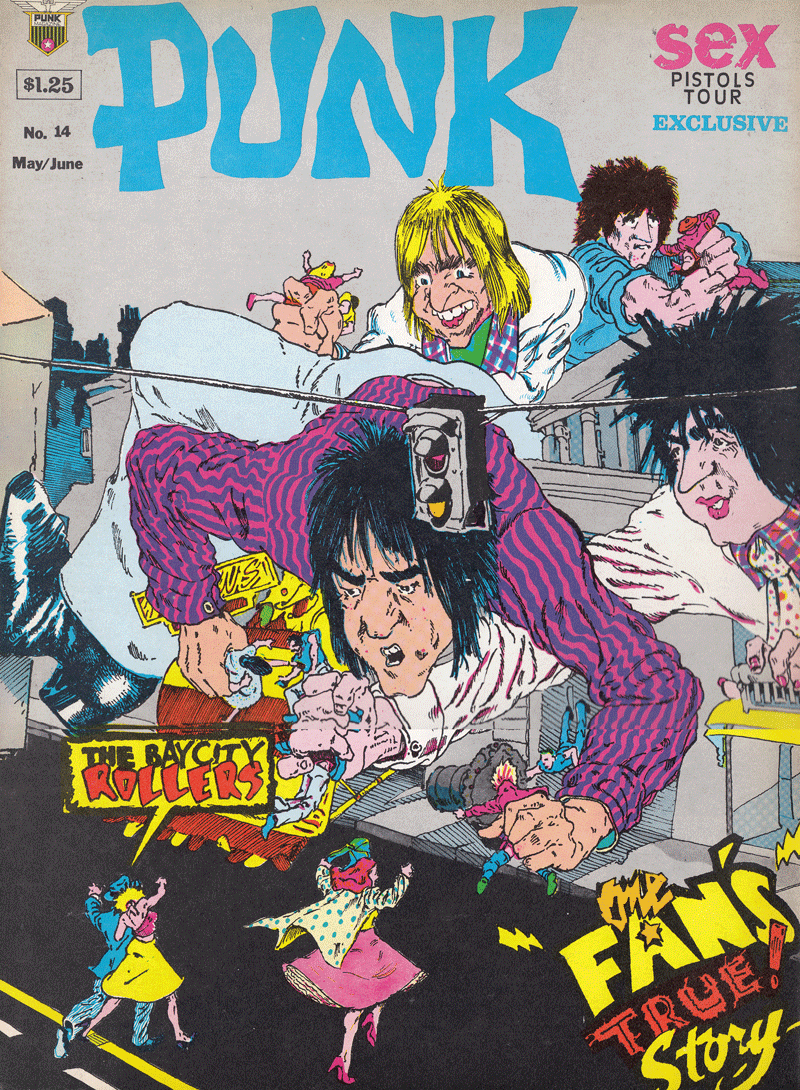


Thanks!
Hey, this is just the beginning--the story gets weirder from here.
Tell any friends you know who might be interested to subscribe!
Great f_ckin' story, John.